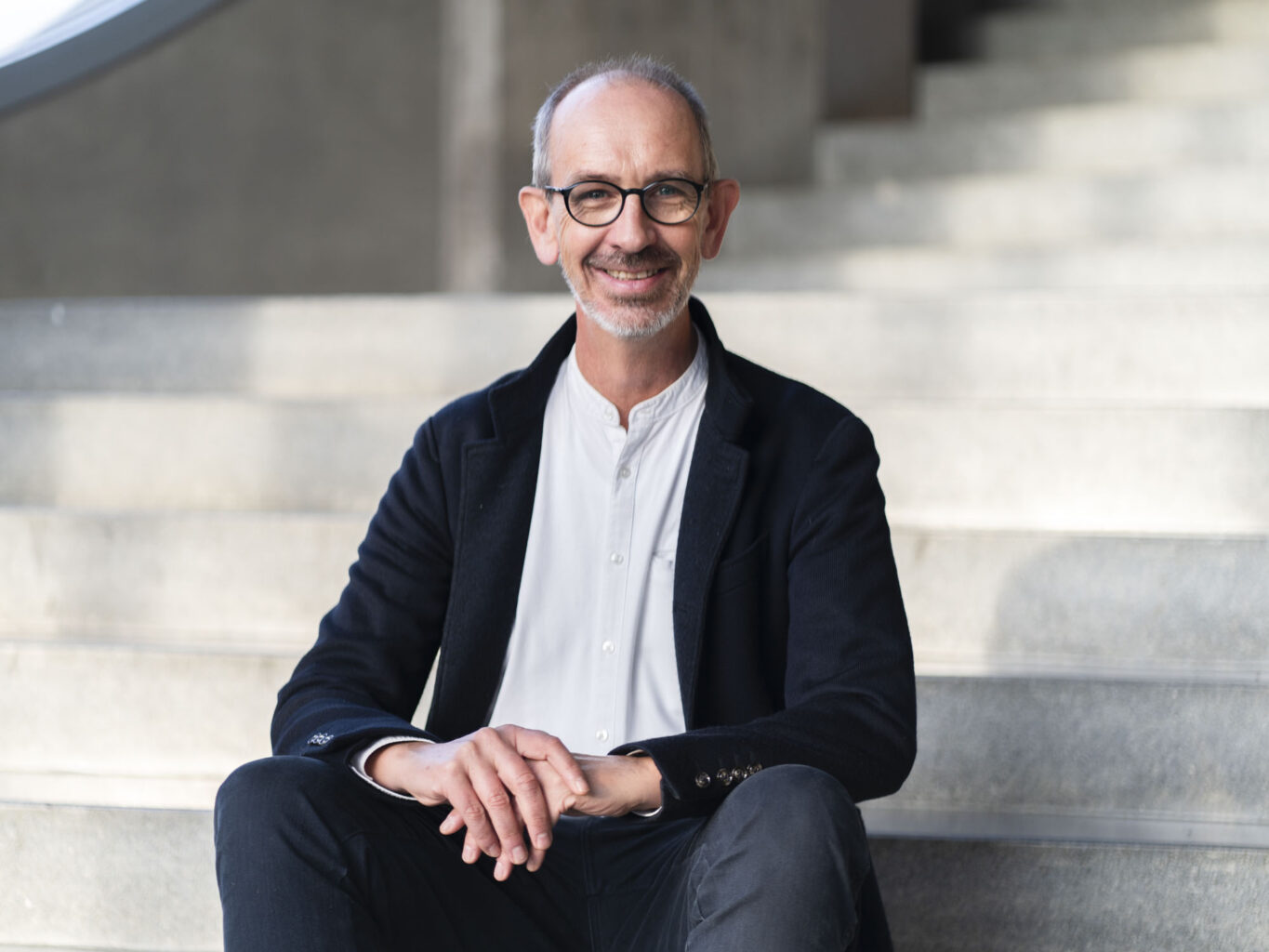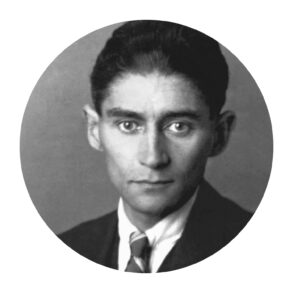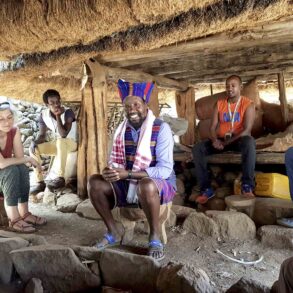Peace [Friede], freedom [Freiheit], joy [Freude], and friendship [Freundschaft]: four words that have a special glow because they touch the core of spiritual life and spiritual unfolding. In German, they all have the same root, “fri”, which means “well-disposed” or “connected.”
Just as life frees nature from rigidity, freedom does the same for the spirit. Thus, “fri” also refers to the vitality of the spirit. In friendship and peace, life increases, and joy expresses it! To be more specific, in freedom, the spirit begins to live; in joy, the heart begins to beat and the soul lives; and, in peace, the integrity of the body is intended. Thus, “fri” means the well-being of us human beings as a whole, in body, soul, and spirit. So, it’s not surprising that singers devote themselves to peace in song and seek out the most beautiful melodies and words. Take, for example, John Lennon’s “Imagine,” the German band Scorpions’ “Wind of Change” for the fall of the Berlin Wall, or “Brothers in Arms” by the British band Dire Straits. “We Shall Overcome” by Joan Baez set the tone for an entire generation. It was a touching moment when Shakira sang this song at the UN General Assembly a few years ago. When it comes to peace, it is as if the world spirit sends us particularly heavenly sounds and human words. Bob Dylan won the Nobel Prize for Literature—it could also have been the Peace Prize—for his song “Blowing in the Wind.” “Heal the World” by Michael Jackson has reached 250 million people on YouTube.
Making Peace Means Learning to Dance
In Rudolf Steiner’s work, the most obvious mention of peace is the “Peace Dance” [Friedenstanz], written and choreographed for eurythmy. The title already tells us that peace means learning to dance. Just as the lock-step belongs to the march to war, dance belongs to peace. Here, everyone moves in harmony with their partner and in harmony with the dancing community. The bodily experience of dance seems to me to be a key to peace. You are with yourself and with everyone else, a social balancing act, even down into the body. Like a symphony, this dance by Rudolf Steiner has four parts and a coda, an echo.
The first three lines describe a wellspring in our soul, a striving—we wish for something in the world. An inner force goes outwards:
The wishes of the soul are springing,
The deeds of the will are growing,
The fruits of life are ripening.
Es keimen der Seele Wünsche,
Es wachsen des Willens Taten,
Es reifen des Lebens Früchte.
In our souls are wishes that become deeds and fruits. Peacefulness means allowing these wishes to resonate with the outside world. This is what the next six lines contain:
I feel my destiny,
My destiny finds me.
I feel my star,
My star finds me.
I feel my aim,
My aim finds me.
Ich fühle mein Schicksal,
Mein Schicksal findet mich.
Ich fühle meinen Stern,
Mein Stern findet mich.
Ich fühle meine Ziele,
Meine Ziele finden mich.
According to Steiner, what we form as an inner compass is a matter of feeling. If we succeed in feeling our aim, our destiny, then our aim and destiny come as one, all together, at the same time. A bridge is created that grows from both sides! We practice peace: building bridges!
What drives us then does not arise solely from our personal will but rather from a conversation between the central and peripheral ‘I’. As a result, something takes place within us, that then can give rise to peace without. We can call this “bridging the gap.” It leads to communion, the event of peace:
My soul and the world are but one.
Meine Seele und die Welt sind Eines nur.
In the first part, Rudolf Steiner described how we pour deeds into life—from inside to outside. The second part is about the conversation between inside and outside. This leads then, as a third step, to the communion of inside and outside. In the fourth part, it now turns inside-out. Now, the outer world answers—life speaks three times:
Life becomes brighter around me,
Life becomes heavier for me,
Life becomes richer in me.
Das Leben, es wird heller um mich,
Das Leben, es wird schwerer für mich,
Das Leben, es wird reicher in mir.
“Brighter”: I begin to understand. “Heavier”: responsibility grows! “Richer”: life becomes more multifarious! Now comes a coda, a reprise, where everything consolidates:
Strive towards peace,
Live in peace,
Love the peace.
Strebe nach Frieden,
Lebe in Frieden,
Liebe den Frieden.
Three steps again. “Strive”: keep oriented to peace. “Live”: be at peace; and “love”: give peace. The first line asks, “Are you willing to be at peace?”; the second, “Are you peaceable?”; and the last, “Are you a peacemaker?” It is a path from the head to the heart and into the limbs. Seeking peace, having peace, and creating peace.
Peaceful Feeling, Thinking, and Willing
Peace arises from our center; it is a matter of our feelings. That’s why I start with this question: how do we become peace-loving in our feelings, in our hearts? Two wonderful books were published recently that describe this: Karsten Massei’s Versöhnung mit dem inneren Menschen [Reconciliation with the inner human being] and Veit Lindau’s Schattenwerk [Shadow work].1 Both authors demonstrate that we are in an inner struggle with a part of ourselves that we do not want to accept. It is a shadow that we suppress and struggle against. We speak of autoimmune diseases when our immune system turns against our organism. This also happens in the soul: one part turns against another part of the soul, not wanting to acknowledge it. This often stems from childhood. In childhood, we learned to be the way our parents and teachers wanted us to be; we learned what we had to do in order to be loved. And this strategy leads us to continue to reject parts of ourselves today that were not recognized back then. The task of peace is to bring home what was lost. In the Bible, it is the story of the prodigal son. Carl Gustav Jung, co-founder of the understanding of this shadow, asked provocatively: “Would you rather be a good human being or a whole human being?”

As is see it, shadow work for the inner bridge and gratitude for the outer one allows us to “live in peace.” Understanding how to become peaceful is a matter of knowledge. What helps here are the techniques of peace developed in the last 30 to 40 years, such as non-violent communication. The four ‘I’-messages of non-violent communication must be part of every school curriculum today. If something upsets you, then describe your observation, describe the feeling that triggered it, state your need, and make a request. Non-violent communication is the renunciation of looking down on others, which every critical comment contains, and renunciation is fuel for peace.
The master of peace, Mahatma Gandhi, said, “Violence is the weapon of the weak. Non-violence that of the strong.” We need courage for peace. When we are considering peace, I see this as applying to the will, in particular. It’s a question of courage. Here’s a simple practice: remember a moment when you were gripped by the courage to stand up for peace because you loved peace and could not do otherwise.
Peace be with you!
This is an excerpt from the podcast “How Peace Succeeds” [Wie Frieden gelingt] episode 16 (Nov. 27, 2023) from the series “Anthroposophy to go.”
You can access the podcast via Apple Podcast, Spotify and Deezer.
More Anthroposophie to go
Translation Joshua Kelberman
Title image Vanessa Lai/Unsplash
Footnotes
- Karsten Massei, Versöhnung mit dem inneren Menschen [Reconciliation with the inner human being] (Basel :Futurum, 2022). Veit Lindau, Schattenwerk: Befreie dein verborgenes Potenzial durch radikale Schattenarbeit [Shadow work: Free your hidden potential through radical shadow work] (Munich: Unum, 2021).













